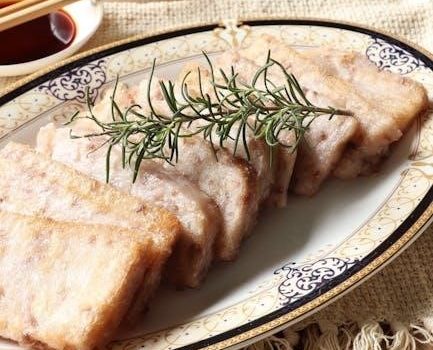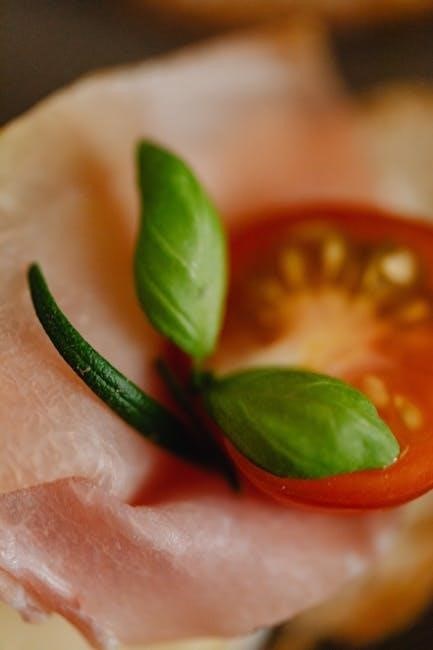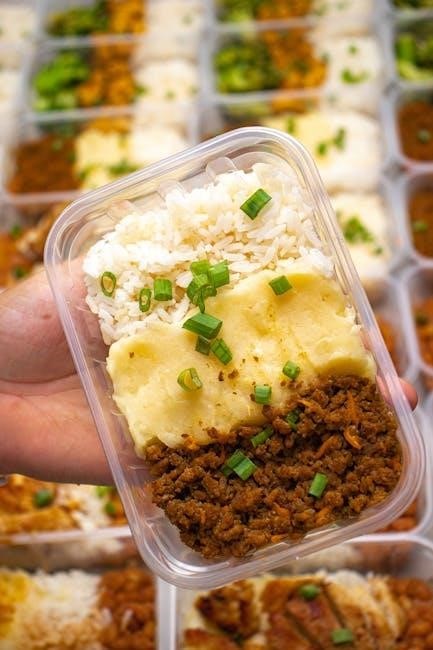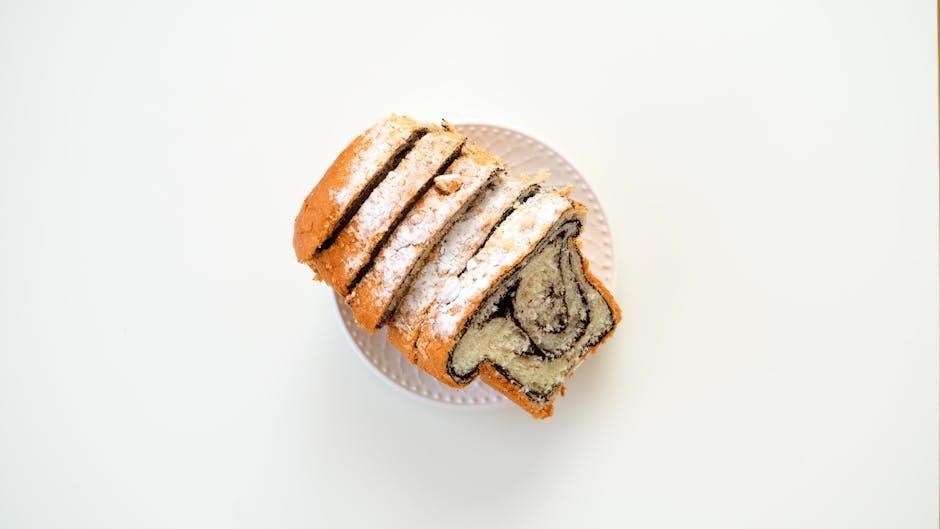nh hiking guide
Category : Guide
New Hampshire offers breathtaking hiking experiences with its diverse trails, from challenging mountain peaks to serene forest paths. Known as the Granite State, it attracts outdoor enthusiasts with its stunning landscapes and picturesque scenery. The White Mountains provide some of the most spectacular hiking opportunities, catering to both casual hikers and seasoned adventurers. With thousands of trail miles, including the renowned White Mountain National Forest, New Hampshire promises unforgettable outdoor exploration for every skill level and interest.
Overview of New Hampshire’s Hiking Trails
New Hampshire’s hiking trails offer a diverse range of experiences, from easy, family-friendly walks to challenging summit climbs. The state is home to over 4,000 miles of trails, including the iconic White Mountain National Forest, which boasts 1,200 miles of paths. These trails wind through lush forests, cross sparkling streams, and lead to breathtaking vistas. Many trails are well-marked and maintained, making them accessible to hikers of all skill levels.
The White Mountains are a highlight for many hikers, with their rugged terrain and panoramic views. Trails like the Franconia Ridge Trail and the Gorge Brook Trail provide opportunities to explore alpine zones and experience the unique beauty of the region. Other areas, such as the Monadnock region, offer shorter but equally rewarding hikes with expansive views. Whether you’re seeking a leisurely stroll or an adrenaline-pumping adventure, New Hampshire’s trails cater to every preference and ability.
Seasonal changes add an extra layer of charm, with spring wildflowers, summer greenery, fall foliage, and winter snow-covered landscapes. With such variety, it’s no wonder New Hampshire remains a top destination for hikers from across the country.

Best Hikes in New Hampshire
New Hampshire boasts a variety of iconic hikes, offering breathtaking views and unforgettable experiences. Trails like Mount Lafayette, Franconia Ridge, and Mount Monadnock provide challenging climbs and stunning alpine scenery, while others feature serene forests and waterfalls.
Mount Lafayette and Franconia Ridge Trail Loop

One of New Hampshire’s most iconic hiking experiences, the Mount Lafayette and Franconia Ridge Trail Loop offers breathtaking panoramic views and challenging terrain. This 8.5-mile loop is a must for experienced hikers, featuring steep climbs and rugged trails. The loop includes Mount Lafayette, Little Haystack Mountain, and Mount Lincoln, with elevations reaching over 5,000 feet. Hikers are rewarded with stunning alpine vistas, especially during peak foliage season. The trail is part of the Appalachian Trail and is known for its exposed ridges and dramatic scenery. Proper hiking gear and physical conditioning are essential due to the trail’s difficulty. Weather conditions can change rapidly, so hikers should check forecasts before starting. This trail is a testament to New Hampshire’s rugged beauty and is a highlight for anyone exploring the White Mountains.
Mount Willard Trail
Mount Willard Trail is a beloved hiking destination in New Hampshire, offering some of the most stunning views in the White Mountains. This 3.2-mile round-trip trail is moderately challenging and suitable for hikers of various skill levels. It leads to the summit of Mount Willard, which stands at 3,054 feet, providing breathtaking panoramic views of Crawford Notch and surrounding peaks, including Mount Washington. The trail is well-maintained and features a steady incline, making it a popular choice for both families and seasoned hikers. In the fall, the foliage is spectacular, attracting many visitors. The trail is part of the White Mountain National Forest and also connects to the Appalachian Trail, adding to its appeal. Hikers can enjoy the peaceful forest surroundings and the rewarding vistas at the summit. It’s an excellent option for those seeking a memorable day hike with exceptional scenery. Be sure to check trail conditions and weather forecasts before heading out, as mountain conditions can change rapidly.
Welch-Dickey Loop Trail

The Welch-Dickey Loop Trail is a popular 4.5-mile loop hike in New Hampshire, known for its challenging terrain and rewarding scenery. Located in the White Mountain National Forest, this trail offers a rigorous workout with its steep inclines and rocky sections. The loop takes hikers through dense forests, over scrambles, and across open ledges, providing stunning views of the surrounding mountains and valleys. The trail includes two peaks: Welch Mountain (2,605 feet) and Dickey Mountain (2,734 feet), both offering panoramic vistas. The loop is particularly beloved for its variety of landscapes and the sense of accomplishment it brings. Hikers should be prepared for uneven terrain and potential weather changes. Bring plenty of water and snacks, as the trail can be physically demanding. The Welch-Dickey Loop is a must-do for those seeking a challenging yet scenic hike in the heart of New Hampshire’s wilderness. Its unique rock formations and alpine-like settings make it a standout among the state’s many trails.

Mount Monadnock via Gorge Brook Trail
Mount Monadnock, standing at 3,165 feet, is one of New Hampshire’s most iconic peaks, and the Gorge Brook Trail offers a direct route to its summit. This 2-mile trail is a popular choice for hikers seeking a challenging yet rewarding experience. The path begins in a lush forest, gradually ascending through a mix of hardwood and evergreen trees. As hikers climb higher, the terrain becomes steeper and rockier, requiring careful footing. The final stretch opens up to expansive views, with the summit offering panoramic vistas of the surrounding landscape. On a clear day, hikers can see for miles in every direction, taking in the beauty of New Hampshire’s countryside. The Gorge Brook Trail is an excellent option for those looking to experience the state’s natural beauty in a single, memorable hike. Its relatively short length and scenic payoff make it a favorite among both locals and visitors. Whether you’re a seasoned hiker or looking for a challenging day hike, Mount Monadnock via Gorge Brook Trail delivers an unforgettable adventure.
West Rattlesnake Mountain
West Rattlesnake Mountain is a beloved hiking destination in New Hampshire, known for its stunning views and relatively short, family-friendly trails. Located near Squam Lake, the mountain offers a 1.5-mile round-trip hike that is perfect for those seeking a less strenuous yet rewarding outdoor experience. The trail winds through a dense forest, emerging at a rocky overlook with panoramic views of the surrounding hills and lakes. On clear days, hikers can enjoy vistas stretching miles into the distance. The summit is particularly popular during foliage season, when the vibrant fall colors paint the landscape in shades of orange, red, and yellow. West Rattlesnake Mountain is an excellent choice for families or hikers looking to escape into nature without committing to a full-day trek. Its accessible location and scenic payoff make it a must-visit for anyone exploring New Hampshire’s hiking trails. Whether you’re a casual hiker or simply looking for a quick adventure, this trail promises an unforgettable experience.
Artists Bluff
Artists Bluff is a popular hiking destination in New Hampshire, renowned for its stunning views and accessible trails. Located in Franconia Notch State Park, this short but rewarding hike offers breathtaking panoramas of the surrounding mountains and valleys. The trail is approximately 1.5 miles round-trip, making it an excellent choice for families or those seeking a quick outdoor adventure. The path begins with a gentle ascent through a mixed forest before leading to an open rocky bluff. From the summit, hikers are greeted with spectacular views of Echo Lake, Cannon Mountain, and the Franconia Range. The bluff is particularly famous for its vibrant fall colors, attracting photographers and nature enthusiasts alike. Artists Bluff is also a great spot for picnicking, with its scenic overlook providing a peaceful setting to relax and enjoy the natural beauty of New Hampshire. Whether you’re a seasoned hiker or just starting out, this trail promises an unforgettable experience with its combination of ease and scenic splendor;
Mount Major
Mount Major is a beloved hiking destination in New Hampshire, offering a moderate yet rewarding climb with stunning views. Located in the Belknap Mountains, the summit stands at 1,786 feet, providing panoramic vistas of Lake Winnipesaukee and the surrounding landscape. The most popular route to the summit is the Gorge Brook Trail, which spans approximately 4;5 miles round-trip. This well-marked trail begins with a gentle ascent through a shaded forest before becoming steeper as it approaches the summit. Along the way, hikers can enjoy the serene sounds of Gorge Brook and the occasional glimpses of wildlife. The summit itself is open and rocky, offering unobstructed views that make the effort well worth it. Mount Major is a great option for hikers of most skill levels, though it can be quite busy on weekends. The trail is well-maintained, making it accessible for families and casual hikers. The combination of scenic beauty and manageable terrain makes Mount Major a must-visit for anyone exploring New Hampshire’s hiking trails.
Mount Pierce

Mount Pierce, standing at 4,310 feet, is a popular hiking destination in New Hampshire’s White Mountains. It is part of the Presidential Range and offers a rewarding day hike for outdoor enthusiasts. The most common route to the summit is via the Crawford Path, a well-maintained trail that spans approximately 6.4 miles round-trip. The hike begins with a gradual ascent through a lush forest, eventually leading to more open terrain with scenic views. As hikers climb higher, the trail becomes steeper and rockier, but the payoff at the summit is well worth the effort. From the top, visitors can enjoy breathtaking 360-degree views of the surrounding mountains and valleys. Mount Pierce is also notable for being the northernmost peak in the Presidential Range. The trail is suitable for hikers of moderate skill levels, though it can be challenging in inclement weather. With its stunning vistas and accessible trail, Mount Pierce is a must-visit for anyone exploring New Hampshire’s hiking trails.
North Moat Mountain and Red Ridge Loop
North Moat Mountain and Red Ridge Loop is a standout hiking trail in New Hampshire, offering a challenging yet rewarding experience. This 10.2-mile loop is known for its diverse terrain and spectacular scenic views. The trail takes hikers through dense forests, across streams, and up to the summit of North Moat Mountain, where panoramic views of the surrounding mountains and valleys await. The Red Ridge section of the loop adds a unique dimension, with its open ridges and dramatic overlooks. This trail is ideal for hikers seeking a full-day adventure with varied landscapes and elevation changes. While the length and terrain may be demanding for some, the vistas and sense of accomplishment make it a memorable experience; Proper preparation, including sturdy footwear and plenty of water, is essential for tackling this route. North Moat Mountain and Red Ridge Loop is a gem for those looking to explore the best of New Hampshire’s hiking offerings.
Percy Peaks
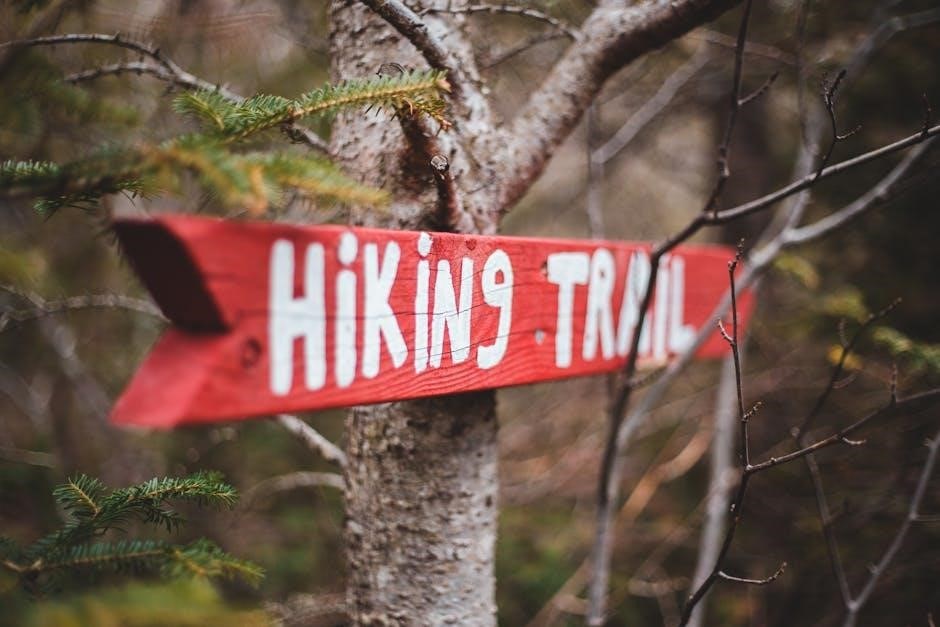
Percy Peaks is a popular hiking destination in New Hampshire, offering a scenic and moderately challenging trail. Located within the Nash Stream Forest, this 4.0-mile hike provides a rewarding outdoor experience. The trail features a mix of forested paths, rocky terrain, and occasional streams, leading hikers to the summit of Percy Peaks. Known for its stunning views, the summit offers panoramic vistas of the surrounding wilderness and distant mountains. The trail is well-marked and maintained, making it accessible for hikers of moderate skill levels. While the climb can be steep in certain sections, the payoff is well worth the effort. Hikers can enjoy the peaceful atmosphere of the forest and the sense of accomplishment upon reaching the top. Percy Peaks is a great option for those seeking a day hike with memorable scenery. Be sure to bring a map and compass, as the trail can be less crowded than some of the more popular routes in the state.
Pine Mountain
Pine Mountain is a beloved hiking destination in New Hampshire, offering a moderate 3.5-mile round-trip trail that is ideal for families and beginners. The trail winds through a mix of forested areas and open ledges, providing hikers with a variety of landscapes to enjoy. One of the highlights of Pine Mountain is its historic fire tower at the summit, which offers stunning 360-degree views of the surrounding countryside. On a clear day, hikers can see for miles, taking in the beauty of the White Mountains and beyond. The trail is well-maintained and relatively easy to navigate, making it a great option for those looking for a shorter but rewarding hike. The summit is also a peaceful spot to relax and enjoy a picnic while soaking in the breathtaking views. Pine Mountain is a must-visit for anyone exploring New Hampshire’s hiking trails, offering a memorable experience for hikers of all skill levels.

